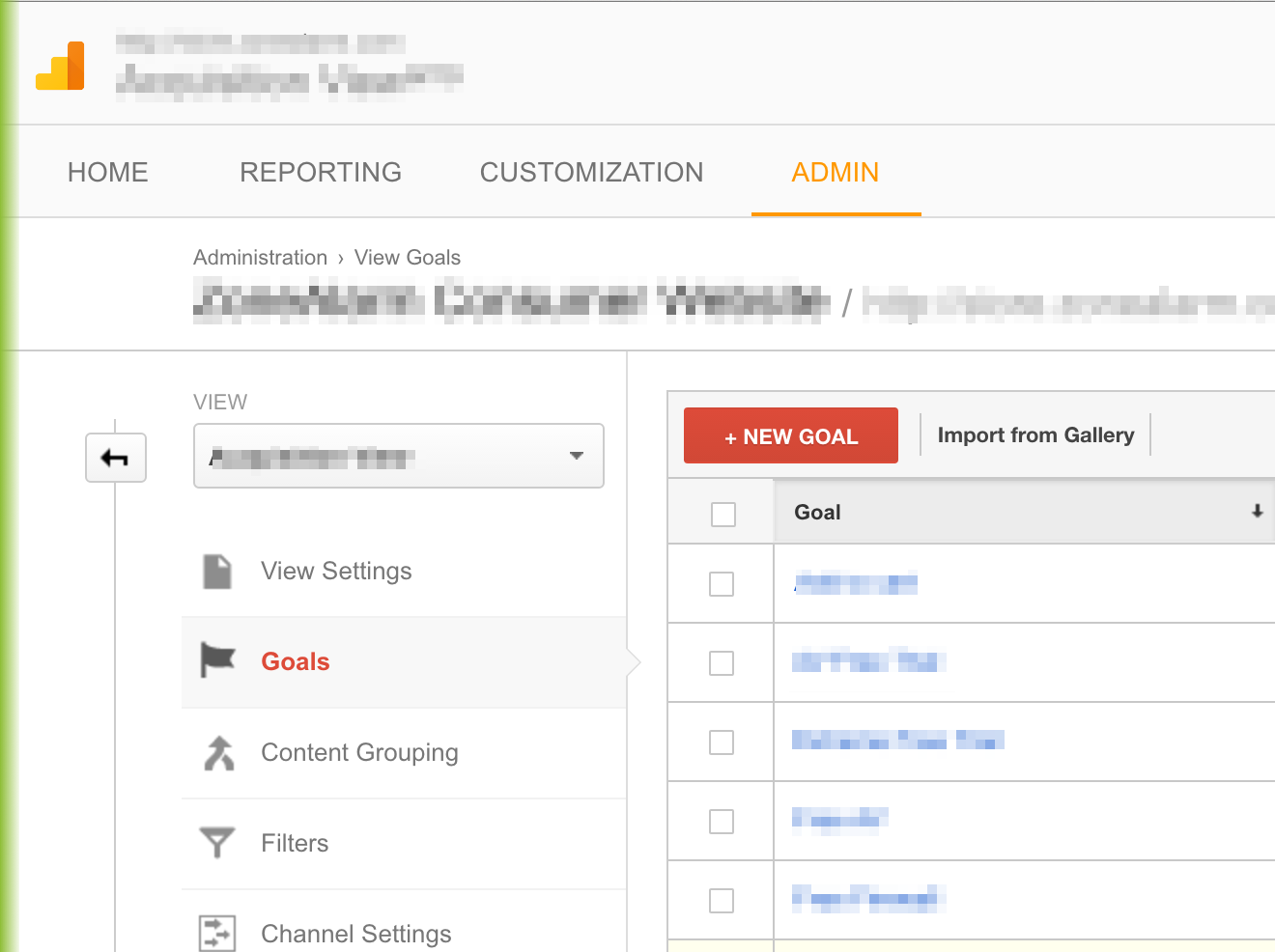Discover What Data Is Google Analytics Goals Unable to Track
Discover What Data Is Google Analytics Goals Unable to Track
Blog Article
Revealing the Blind Destinations: Recognizing What Google Analytics Goals Can not Gauge
In the realm of electronic analytics, Google Analytics stands as an effective tool for monitoring and examining on the internet customer communications. Understanding what Google Analytics objectives can not determine is crucial for obtaining a detailed view of customer behavior and involvement.
Individual Actions on External Platforms
Recognizing exactly how customers engage on external systems is essential for optimizing on-line strategies. Exterior platforms, such as social media networks, reference web sites, and online forums, play a considerable role in driving web traffic to a firm's website. By examining user habits on these systems, businesses can get valuable insights right into the performance of their marketing initiatives and the preferences of their target market.
One key element of user habits on exterior systems is the referral source. By tracking where the customers are originating from, businesses can determine which systems are driving one of the most traffic to their website. This information can assist business allot their sources better, concentrating on the systems that generate the most effective results.

Offline Conversions and Interactions
Evaluating customer actions on exterior systems supplies useful insights into online strategies; nonetheless, taking into consideration offline conversions and communications is similarly imperative for a comprehensive understanding of a firm's total efficiency. While Google Analytics stands out at tracking online communications, it drops short in capturing the complete customer trip that commonly consists of offline touchpoints. Offline conversions, such as in-store purchases or phone inquiries, play a significant duty in lots of companies' success. Ignoring these communications can lead to a distorted view of the performance of advertising projects and general business efficiency.

Attribution Beyond Last Click
When diving right into the world of digital marketing analytics, it ends up being important to look beyond the single touchpoint of the last click for a much more detailed understanding of acknowledgment. While Google Analytics provides valuable insights into user habits, depending exclusively on last-click acknowledgment can be restricting - what data is google analytics goals unable to track. Acknowledgment designs that surpass the last click use an extra nuanced sight of the consumer trip, taking right into account all the touchpoints that bring about a conversion
Acknowledgment past the last click permits marketers to appoint credit history to various interactions along the find out here conversion course, providing a clearer photo of the performance of various advertising channels. By discovering multi-touch attribution models such as straight, time degeneration, or position-based attribution, businesses can much better assign their marketing spending plans and enhance their techniques for maximum influence.
Comprehending the influence of each touchpoint in the conversion procedure is vital for making informed choices and making best use of ROI. By accepting attribution past the last click, services can gain much deeper understandings into consumer habits and tailor their advertising and marketing efforts much more efficiently.
Cross-Device and Cross-Browser Monitoring

Likewise, cross-browser tracking complements cross-device tracking by capturing user behavior as they switch in between various internet internet browsers. Recognizing just how customers connect with sites on different web browsers can assist marketing experts maximize next page their on-line experiences to ensure consistency and functionality across various systems.
Qualitative Information and User Intent
Comprehending individual intent with qualitative data analysis is critical for establishing targeted digital marketing strategies that reverberate with the demands and choices of the target audience. Qualitative data supplies understandings into the 'why' behind individual actions, shedding light on inspirations, feelings, and choices that quantitative data alone can not record. By assessing individual comments, comments, and communications, marketing experts can discover important information about customer intent, enabling them to tailor their messaging, content, and offerings to much better line up with what their audience is looking for.
Qualitative data also aids in comprehending the context in which users involve with a site or app. This contextual understanding makes it possible for marketing professionals to create even more tailored and appropriate experiences, eventually driving higher engagement and conversion prices. By delving right into user intent via qualitative data evaluation, companies can gain a much deeper understanding of their target audience, causing much more reliable marketing approaches that satisfy customers' expectations and requirements.
Conclusion
To conclude, Google Analytics goals have limitations in determining customer behavior on external systems, offline conversions, acknowledgment past last click, cross-device and cross-browser tracking, and qualitative information connected to user intent. what data is google analytics goals go to this site unable to track. It is necessary for businesses to be familiar with these dead spots in order to supplement their data evaluation with various other tools and techniques to obtain a more detailed understanding of their target market and improve their overall digital marketing techniques
By assessing customer behavior on these platforms, services can obtain valuable insights into the efficiency of their advertising and marketing initiatives and the choices of their target audience.
Analyzing user habits on outside systems supplies beneficial understandings right into on-line strategies; however, thinking about offline conversions and interactions is similarly imperative for an extensive understanding of a business's general performance.In digital marketing analytics, moving beyond last-click attribution to explore cross-device and cross-browser monitoring is essential for gaining a holistic understanding of individual interactions throughout various platforms and tools. By assessing user comments, remarks, and communications, online marketers can uncover valuable information concerning customer intent, enabling them to tailor their messaging, content, and offerings to much better straighten with what their audience is seeking.
By diving right into individual intent through qualitative information evaluation, companies can gain a much deeper understanding of their target audience, leading to a lot more efficient marketing strategies that meet users' requirements and assumptions.
Report this page